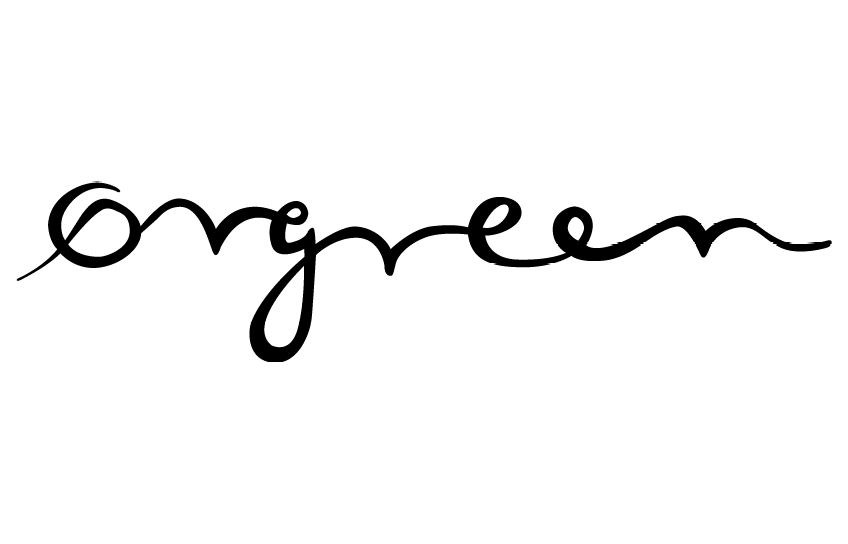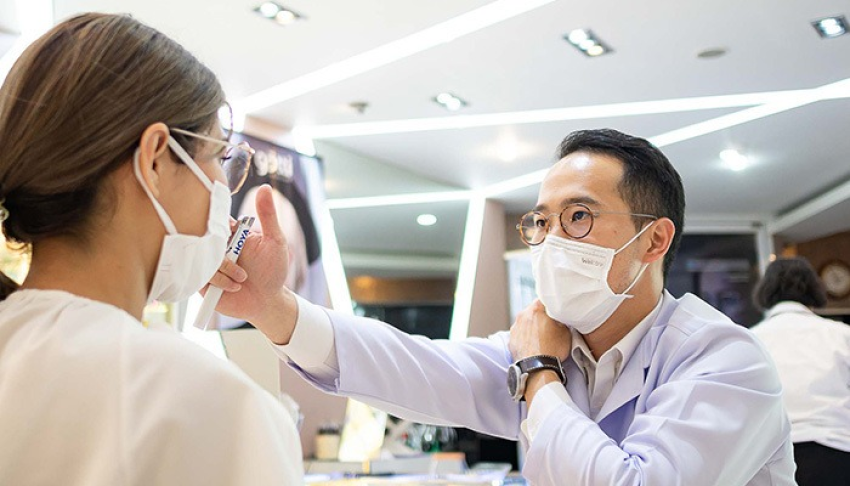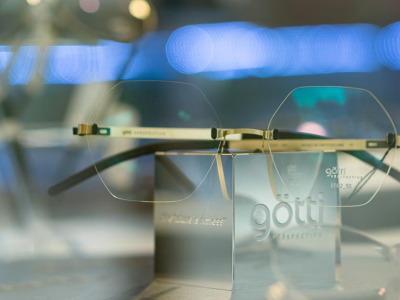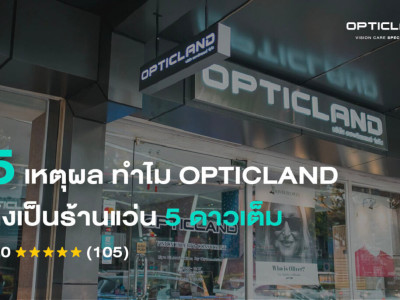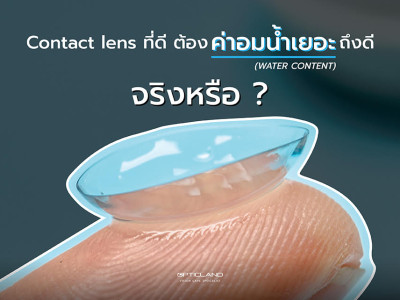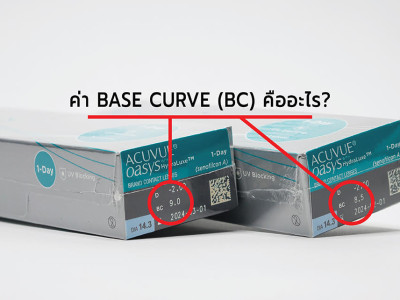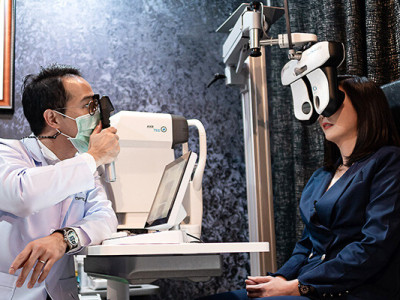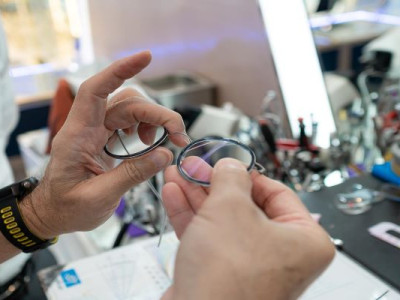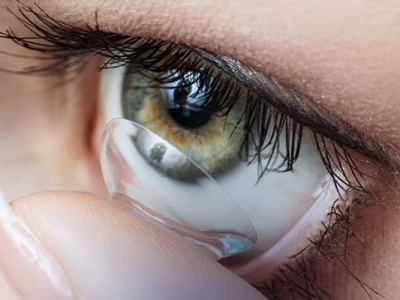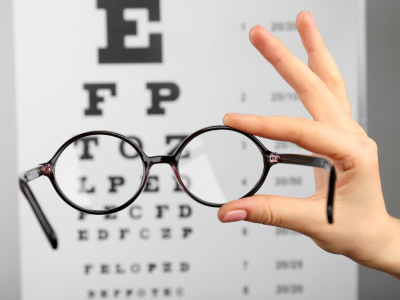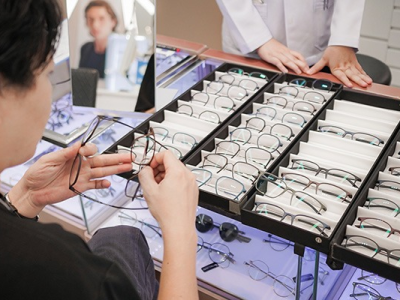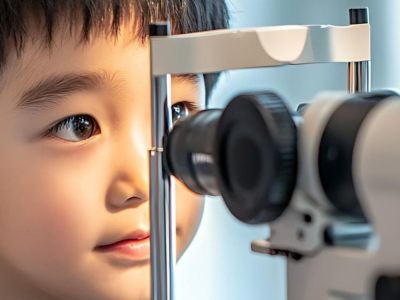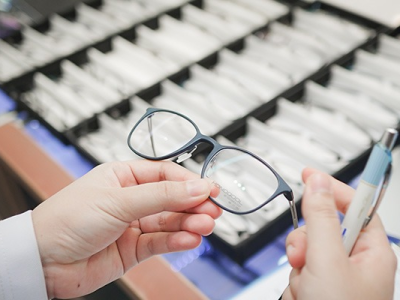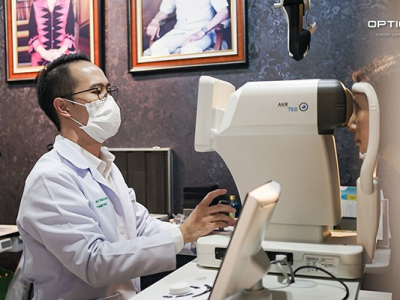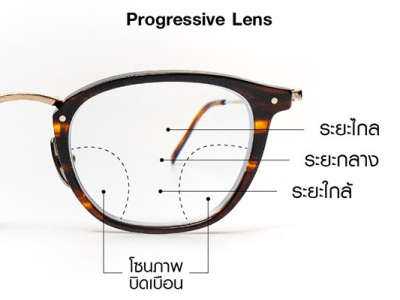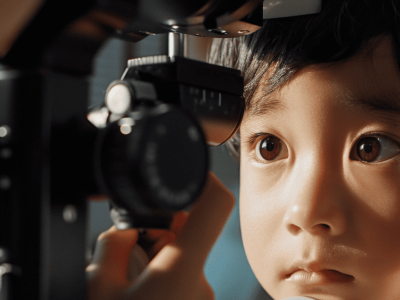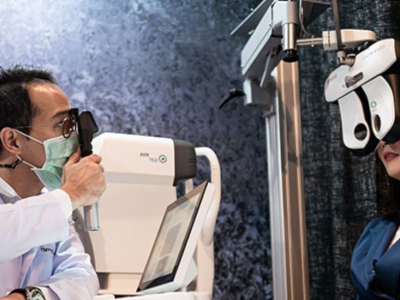Opticland Your Destination for Professional Eye Tests & Comprehensive Eye Care
At Opticland, we understand that eye testing is the key to good eye health and a better quality of life. Your eyes are your window to the world, and we are fully committed to providing the consistent care they deserve. We offer more than just vision correction—we also screen for potential eye diseases to help safeguard your long-term eye health.
With a professional team of optometrists and the most advanced equipment, you can be confident you will receive the best care. Whether you need new glasses, contact lenses, or just a routine annual eye check-up, Opticland is your answer. We pay attention to every step to ensure your eye test is as easy and accurate as possible.
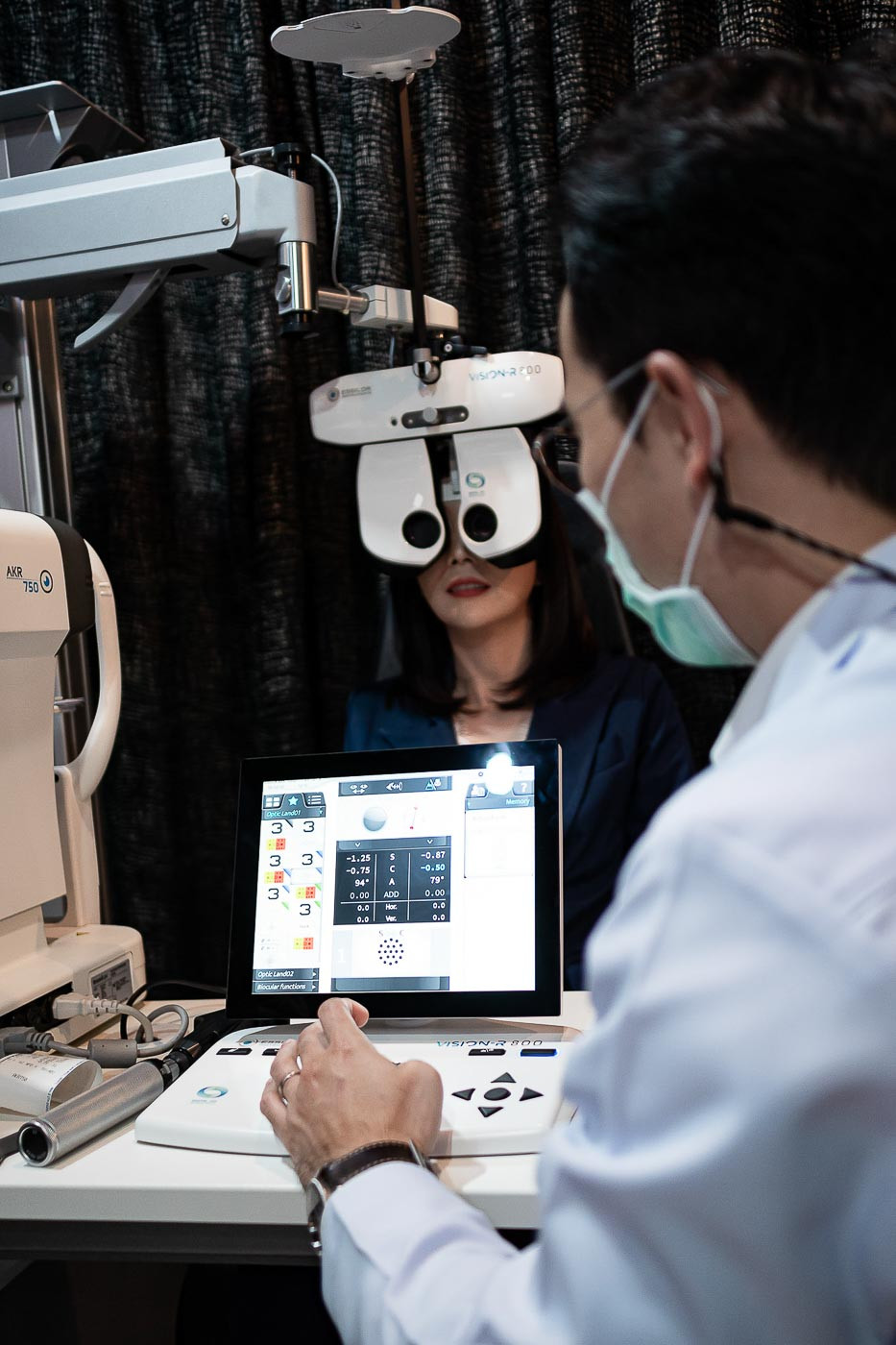
Expert Eye Test Services at Opticland
At Opticland, we offer more than just basic vision measurements because we know that holistic eye health care is important. Our expert team is ready to provide care from preliminary vision tests to in-depth diagnostic examinations of various vision problems such as nearsightedness, farsightedness, astigmatism, and vision issues in children and the elderly.
Moreover, we provide screening services for eye diseases such as glaucoma, cataracts, and retinal abnormalities to detect risks or irregularities early, which helps make treatments more effective.
With advanced measurement technology combined with the care of professional staff, you can trust that your eyes will receive the best care from us.
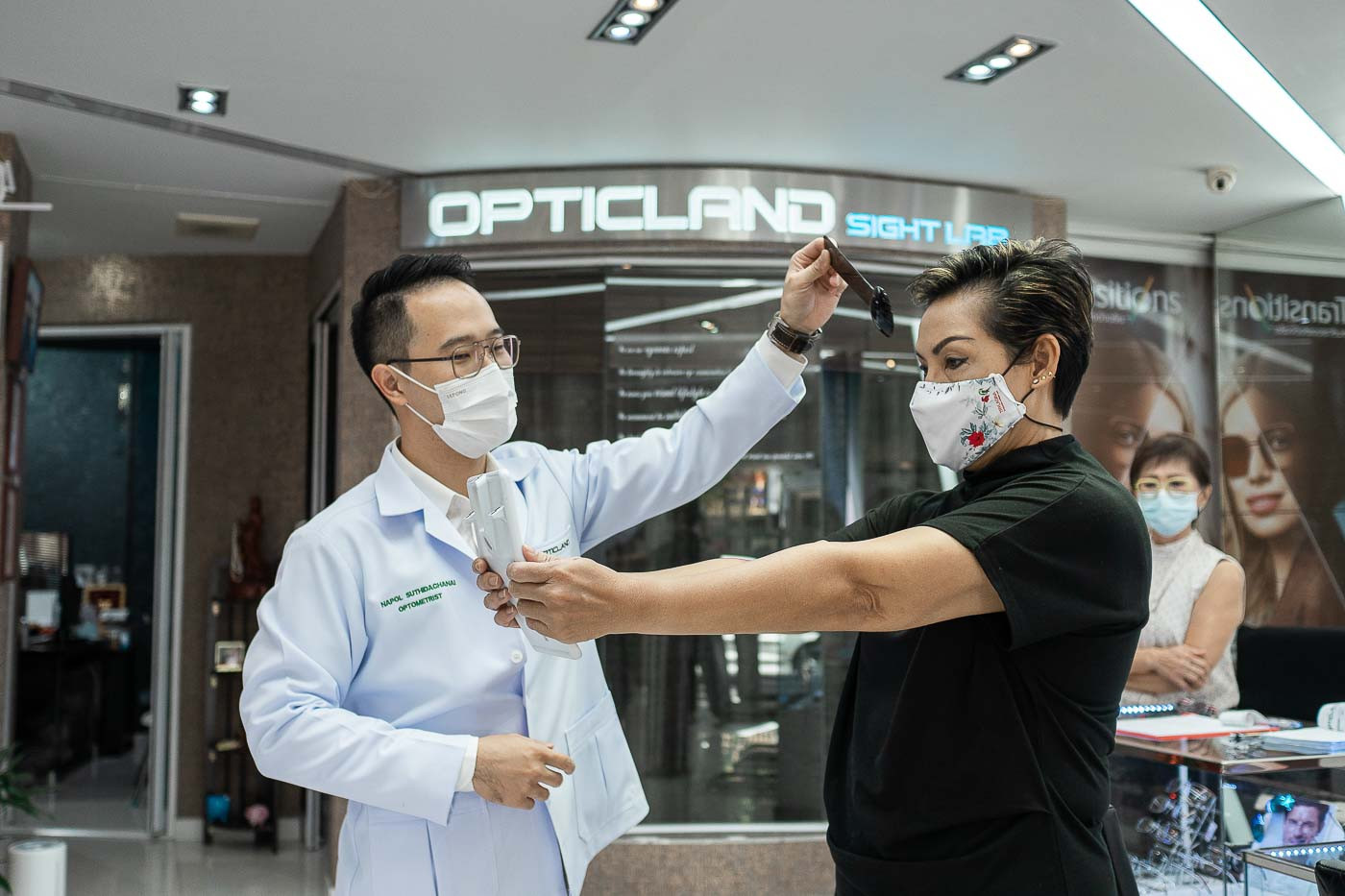
What to Expect from Your Eye Test at Opticland
You will receive a detailed eye examination by professional optometrists through the following steps:
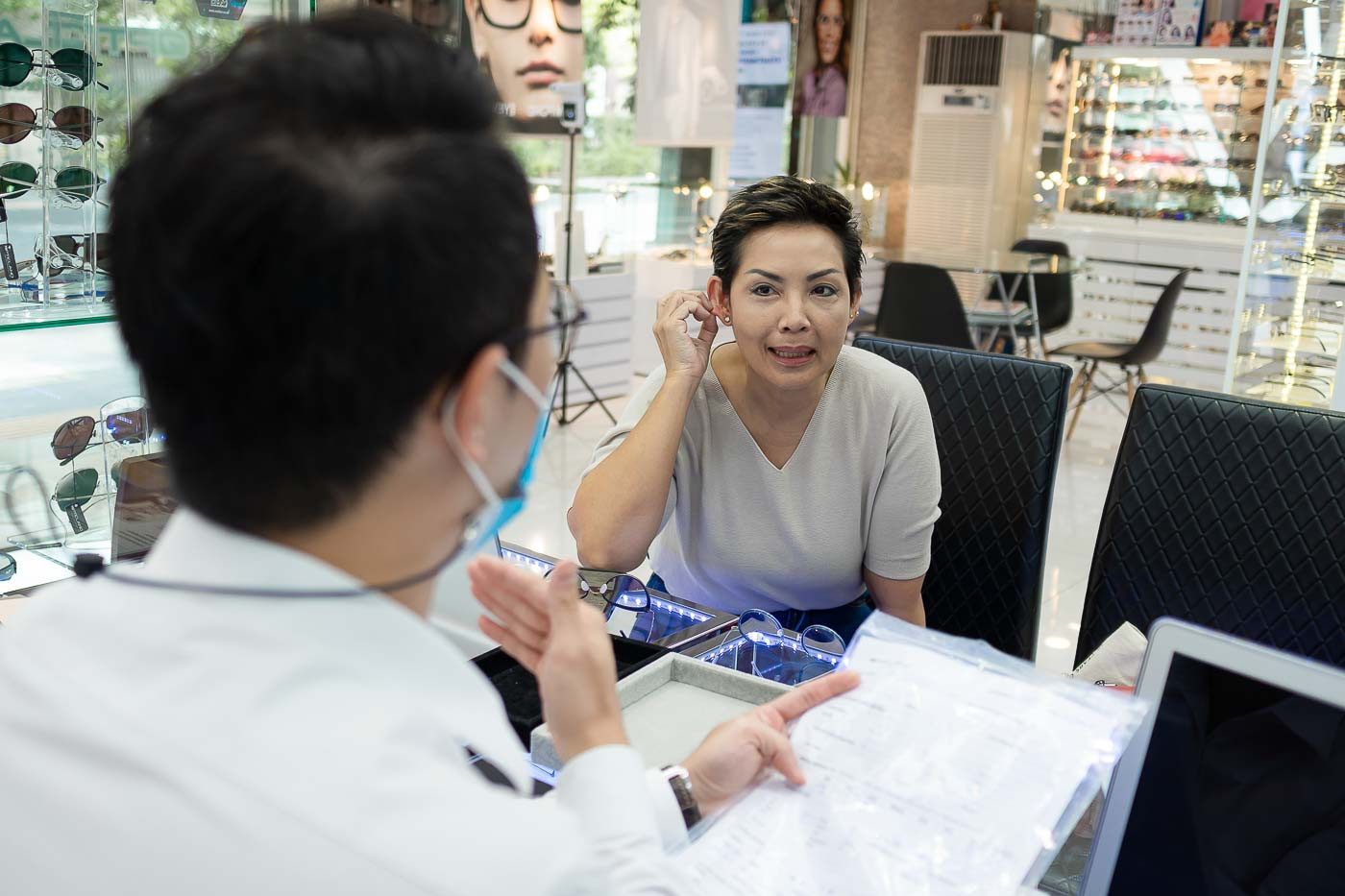
Step 1: Background and Lifestyle Assessment
Our optometrists begin by asking about your eye health history, daily visual habits, occupation, and lifestyle to understand your needs and any factors affecting your vision. This information helps them plan the test and provide accurate, personalized recommendations
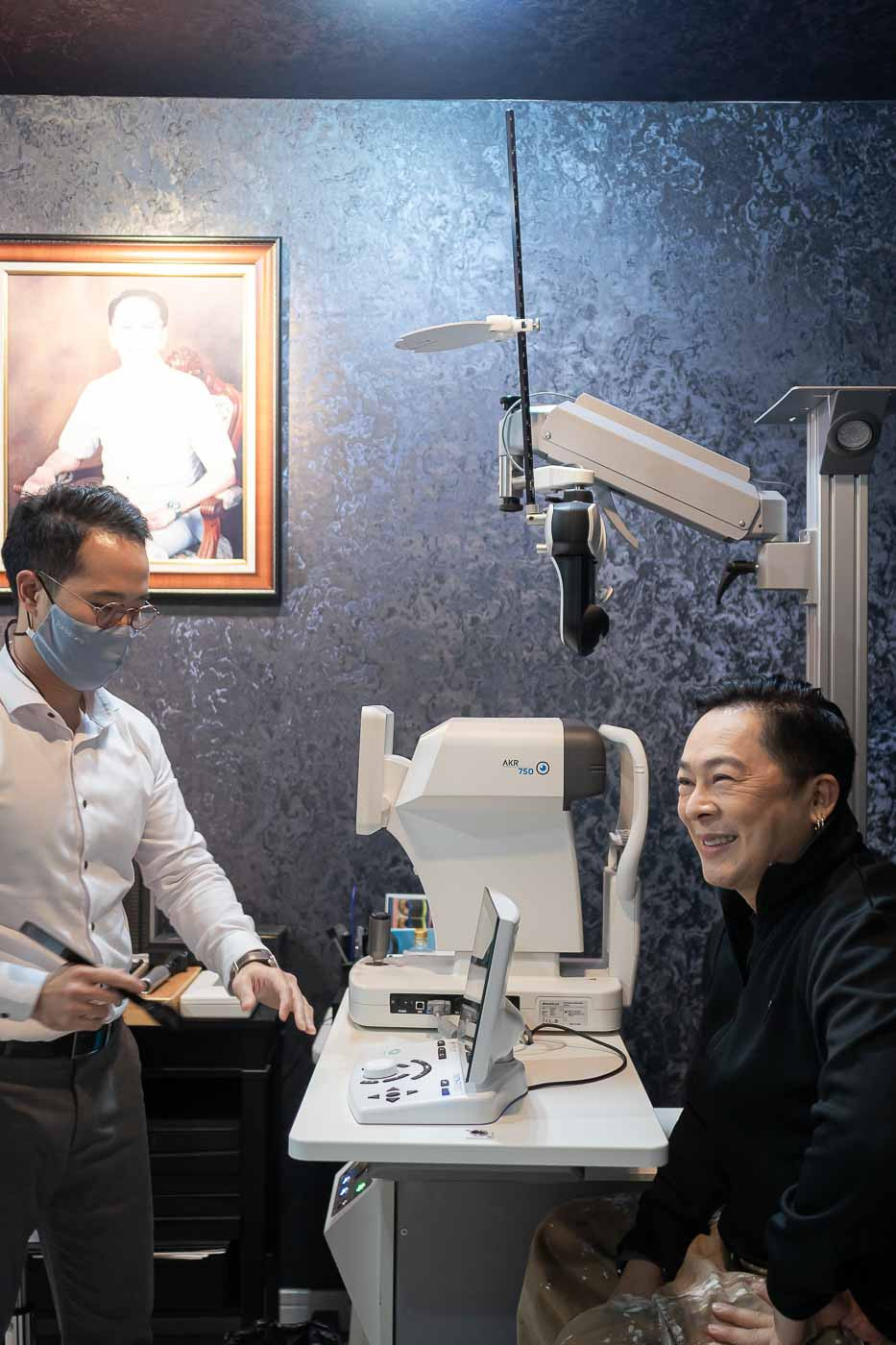
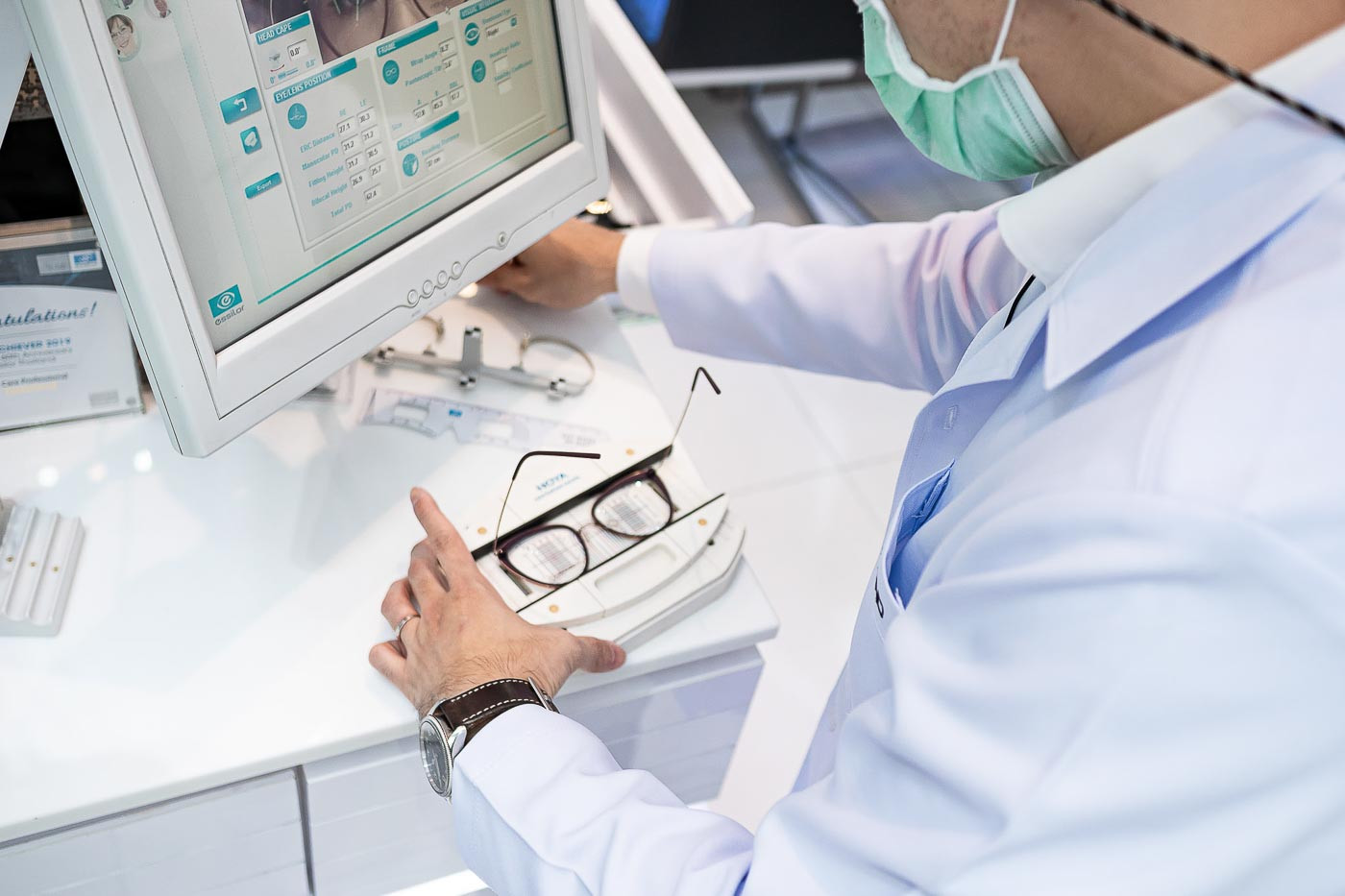
Step 2: Precise Vision Measurement
We use modern equipment to precisely measure your vision, including nearsightedness, farsightedness, astigmatism, or presbyopia. These tools provide accurate baseline data for further assessment and adjustment.
Step 3: Comprehensive Visual Acuity Test
This step includes testing near and distance visual acuity, assessing binocular vision (how both eyes work together), evaluating color vision and visual fields, and conducting a comprehensive eye health screening to identify signs of diseases such as glaucoma, cataracts, or macular degeneration. Our optometrists thoroughly assess your eye health to ensure no hidden problems are present.
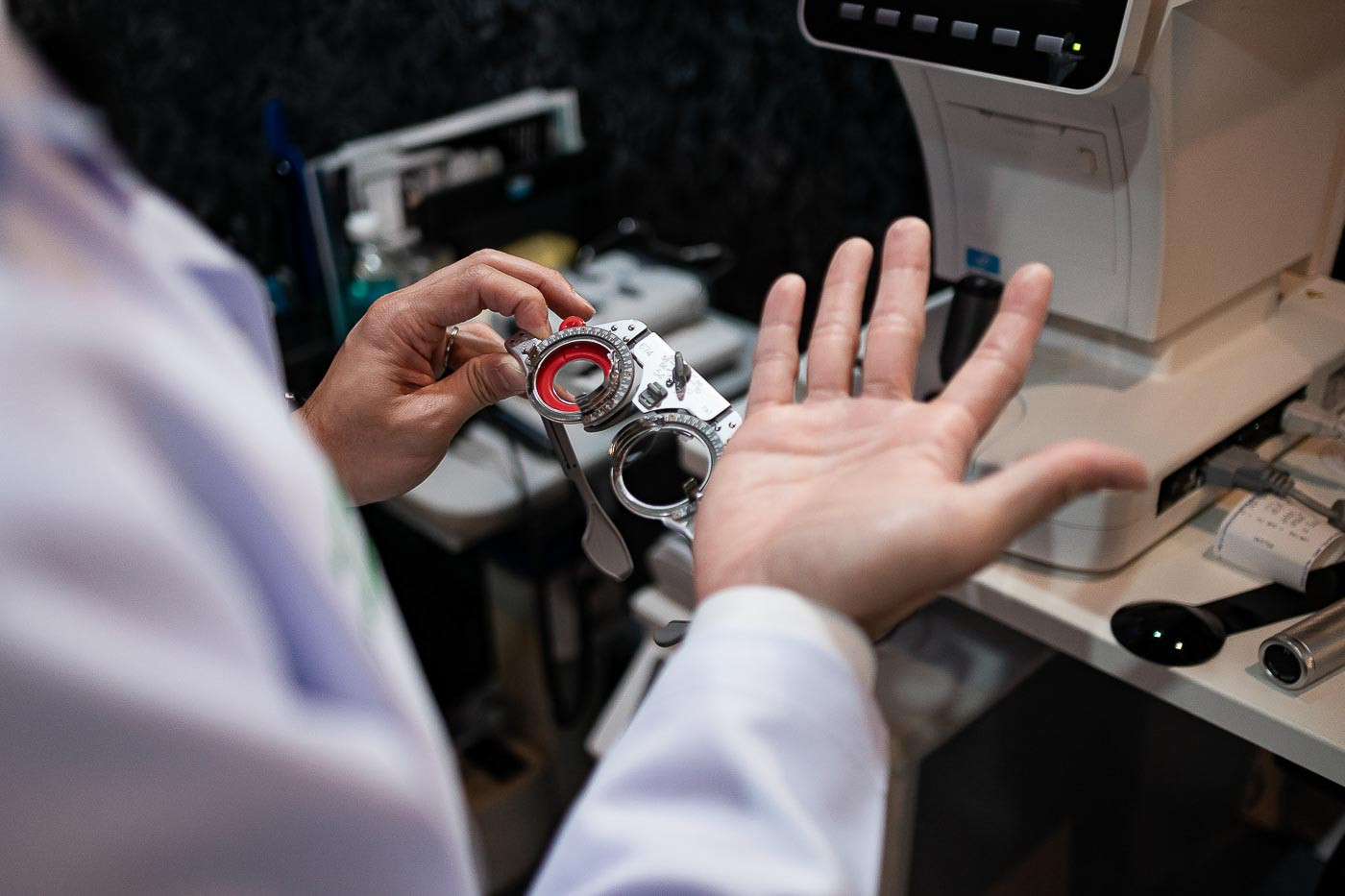
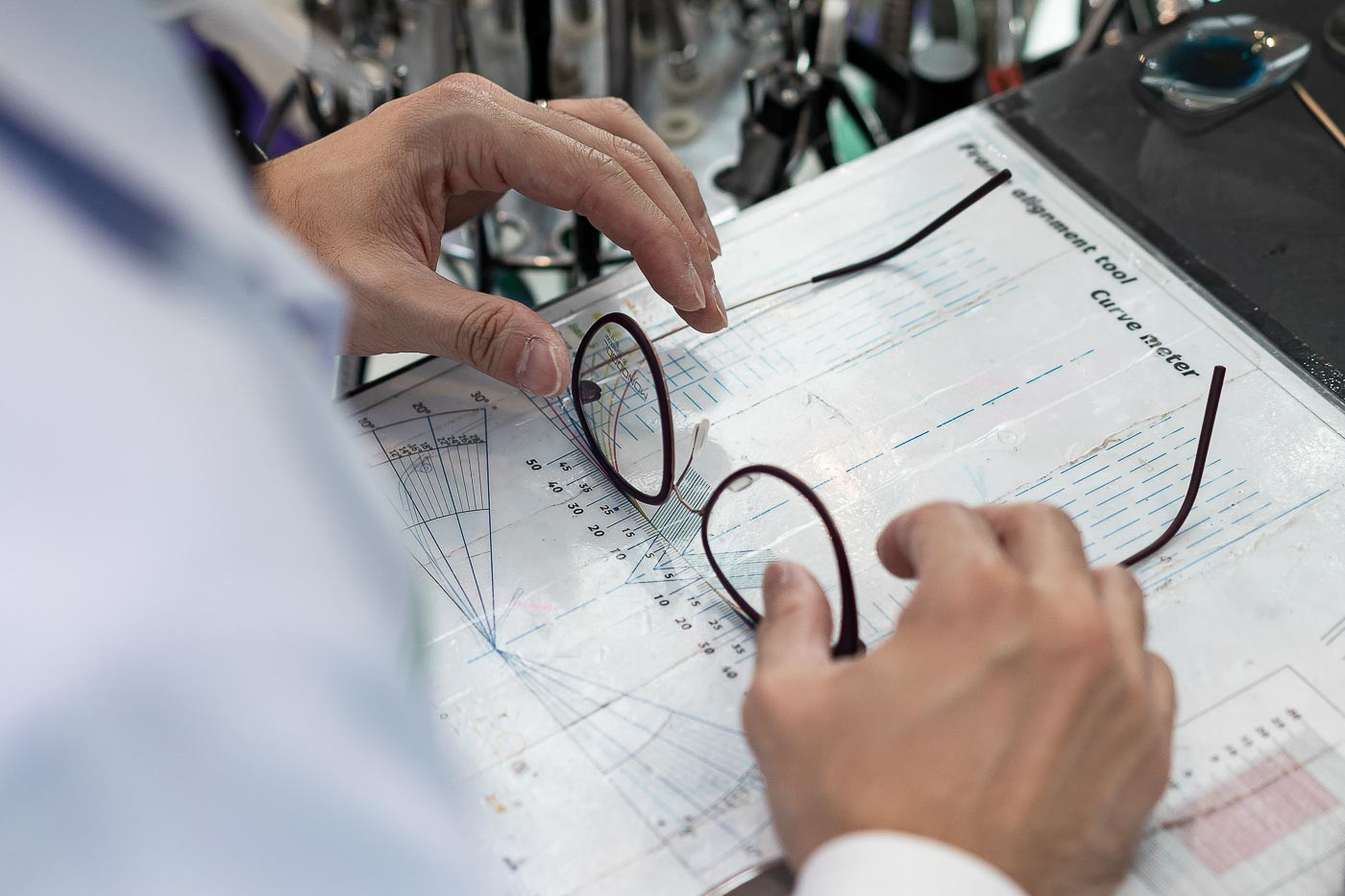
Step 4: Real-World Lens Trials
After obtaining accurate vision measurements, you will try lenses suited to your eyes before making a final selection.
Step 5: Choosing the Right Lenses for Your Needs
The optometrist will recommend lens types that fit your lifestyle, needs, and budget, whether single vision, progressive lenses, blue light filtering lenses, or specialized lenses. Opticland offers a wide range of options for you to choose from.
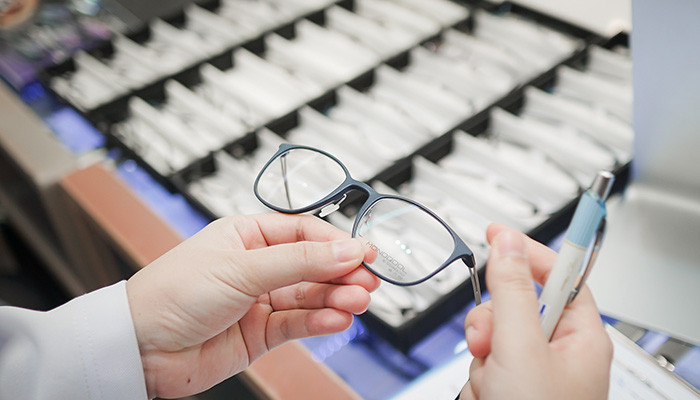
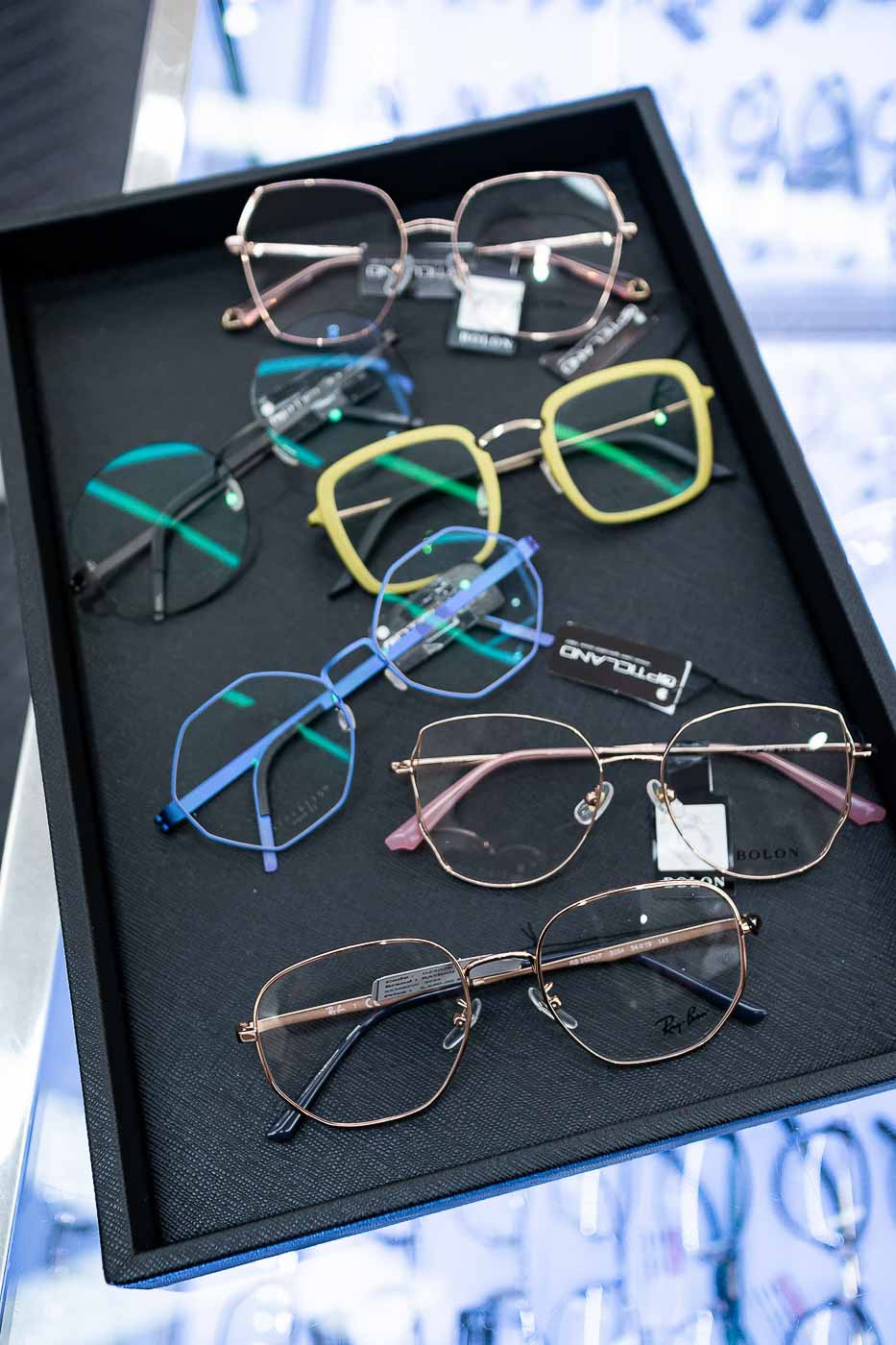
Step 6: Perfect Frame Fitting
Proper frame fitting is important for comfort and optimal vision. Our team will help you select frames that match your face shape, personality, and preferences.
Book Your Eye Test Appointment Today!
Don’t wait until vision problems affect your quality of life. Regular eye tests are a worthwhile investment in your long-term eye health. Contact Opticland now to book your eye test. Our team is ready to provide you with full consultation and care.
Our Dedicated Optometrists at Opticland
The core of Opticland’s eye test service is our team of certified professional optometrists. Each has extensive experience diagnosing and managing eye problems.
Beyond solid academic knowledge, our optometrists understand that everyone has unique visual needs and habits. They prioritize listening carefully and analyzing your case to provide precise and suitable recommendations.
You can be confident that every step of your eye test at Opticland will be handled by caring, sincere professionals who provide helpful advice for your best eye health.
Advanced Eye Test Technology
At Opticland, we emphasize using the most advanced eye testing technology to ensure your examination is accurate and covers all aspects of vision. The tools we select are internationally recognized and can capture detailed information that traditional methods might miss.
By combining optometrist expertise with cutting-edge technology, Opticland leads in providing the highest quality eye testing services.
Essilor AVA
One of the technologies we proudly offer is Essilor AVA (Advanced Vision Accuracy), a digital eye measurement system that can measure vision with an accuracy of 0.01 diopters—25 times more precise than conventional methods. This technology allows us to create lenses perfectly tailored to your vision, resulting in truly sharp and comfortable sight. Essilor AVA is the heart of Opticland’s eye testing to deliver the best visual experience to you.










